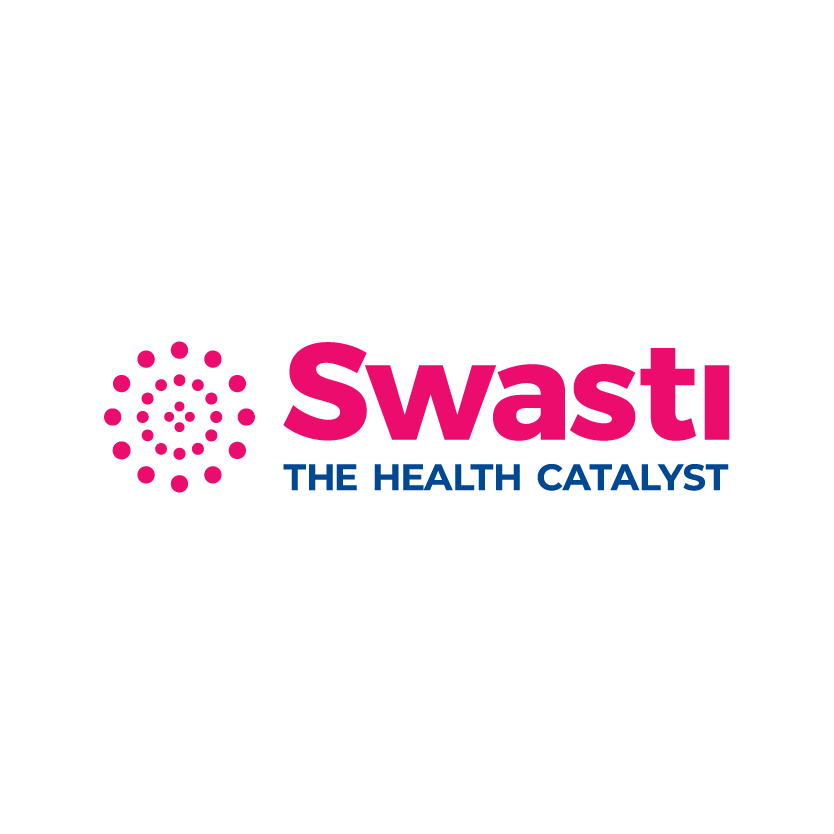

This section hosts guidelines, manuals and toolkits to strengthen public health practice.
Resources
FILTER
BY CATEGORY
View All
ARTIFICIAL INTELLIGENCE SOLUTION FOR PREDICTION OF LOSS TO FOLLOW UP IN TB PROGRAMS
23 Mar 2022by Vaibhav Pathak, Learning4impact 10 MIN READ
INTRODUCTION
India
has the largest number of Tuberculosis (TB) cases in the world, more than a
quarter of the global TB burden. The World Health Organization (WHO) estimates
that 2.74 million people in India are infected with TB annually, and more than
4,10,000 people die from the disease. In fact, no country has a higher TB
burden than India, which accounts for a quarter of the 10 million global TB
cases and 1.4 million TB deaths each year. TB is curable if patients are
treated with effective, uninterrupted Anti-Tuberculous Therapy (ATT). Adherence
to treatment is critical for cure of individual patients, controlling spread of
infection, and minimizing the development of drug resistance. Long duration of
treatment makes it challenging for patients to complete it and many patients
eventually drop off the treatment completely. While non-adherence exists in
many forms (which affect treatment outcomes to varying degrees), one of the
more extreme forms is Loss to Follow Up (LFU) which remains a major challenge.
LFU TB patients are defined as: TB patients who did not start TB treatment
(after being notified) or whose treatment was interrupted for two consecutive
months or more. Such LFU patients are more likely to re-develop infectious
active TB and are at higher risk of developing Multi Drug Resistant TB
(MDR-TB). Thus, LFU becomes a major challenge in the treatment of MDR-TB due to
irregular treatment, and, thereby, increasing the risk of recurrence of TB
infection, mortality, and continuous spread of resistant strains through
airborne transmission.
Systematic reviews have described a plethora of characteristics associated with LFU along with other poor TB outcomes while on treatment, which include socio-demographic factors, clinical factors, and programmatic factors - treatment adverse events, prior history of anti-tuberculosis treatment, previous LFU, poor bacteriologic response and treatment duration prior to LFU - and certain other factors such as lack of social support, dissatisfaction with health care worker attitudes and lack of counseling.[i],[ii],[iii],[iv],[v] Some studies also suggest substance abuse, low or unstable socioeconomic status and poor response to treatment.[vi]
Though
TB programs in India have historically used Directly Observed Therapy (DOT)
with restrictive monitoring approaches (primarily facility or home based,
providing patients with uniform care without any triaging), the parallel
investment into Digital Adherence Technologies (DATs) which include feature
phone–based (99DOTS[1] that has been implemented widely in
India’s National TB
Elimination Program-NTEP to monitor more than 150,000 patients taking therapy
for drug-susceptible TB since 2015[vii]) and smartphone-based technologies,
digital pillboxes and ingestible sensors (still being piloted and rolled out), facilitating
more patient-centric approaches for monitoring adherence, though available data
is limited. Also, despite these promising features, routine data and research
studies have revealed suboptimal patient engagement with 99DOTS, that is, many
patients do not call 99DOTS throughout the entire treatment course.
Depending
on the specific technology, DATs may help to remind patients to take their
medications, facilitate digital observation of pill-taking, compile dosing histories
and triage patients based on their level of adherence, which can facilitate
provision of individualized care by TB programs to patients with varied levels
of risk. As per the India TB Report 2021, 4 percent of TB patients who started
treatment are LFU. During 2019, a total of 81,306 patients were LFU after the
initiation of treatment.
But at the prima facie, it often becomes challenging for the frontline worker to pick an efficient tool and sustain a patient centric approach rendering timely action and additional support to reduce LFU. However, identifying patients at various stages of TB cascade of care – starting from initiation of treatment – who might be at risk of dropping off, is difficult. At present the approach tends to be reactive, whereas a highly proactive one is the need of the hour. LFUs are often traced too late due to limited contact between the health system (via care providers) and patients. There is also presently no way to prioritize or triage high risk patients.
SOLUTION
Although India has managed to scale up basic TB services in the public health system, treating more than 10 million TB patients annually, the rate of decline is too slow to meet the 2030 Sustainable Development Goals (SDG) and end the global TB pandemic by 2035.[2]
In contrast to DOTS, in which patients are treated using a uniform approach, DATs can facilitate triage of patients based on different levels of adherence. Alternatively, computer algorithms can be used to triage and alert healthcare providers (HCP) about non-adherent TB patients to prompt early intervention, saving time for HCPs and potentially preventing the patient loss to follow-up. Thus, the triaging can then facilitate escalation in the intensity of care for patients with a high level of non-adherence. Therefore, in reference to the same, and considering the gaps in surveillance and monitoring of TB patients, a major shift proposed is to initiate every TB patient on treatment through Artificial Intelligence (AI), which can play a potential role through the TB cascade of care.
Correspondingly, to predict who is likely to be lost to follow up, the USAID-supported TRACE-TB project implemented by Wadhwani Institute of Artificial Intelligence (WI AI) developed an AI based predictive model for early identification of patients at risk of LFU at the time of TB treatment initiation. The proposed AI model enables stratification of TB patients with risk of LFU and using that help, the healthcare worker can make proactive decisions for ifferentiated care (triaging) for vulnerable TB patients. The AI model collects a patient's adherence data, clinical and demographic information, as well as any other publicly available contextual data on population, health system and socio-economic factors to predict risk information and proposed interventions.
CONCLUSION
AI-enabled
stratification of TB patients based on their risk of LFU can help health staff
make proactive decisions and provide differentiated care. Such stratification
should be available throughout the course of treatment, thanks to a strong data
pipeline that collects a patient's adherence data, clinical and demographic
information, as well as any other publicly available contextual data on
population, health system and socio-economic factors. LFU prediction could be
accompanied by prediction of multiple outcomes of TB treatment. This can help
improve treatment outcomes of TB patients overall. Additional input parameters
can be added to increase prediction accuracy for mortality and treatment
failure.
Though this pilot is still in its primordial stage of assessment and analysis, it could play a pivotal role in healthcare offerings – ensuring treatment adherence and early identification of those who are likely to be lost to follow up, reducing the overall TB burden.
Picture credit: Canva
REFERENCES
[1]Under the 99DOTS strategy, dispensing pills for each daily medication dose results in revealing a hidden phone number that patients call for free. A computer program records these phone call-reported doses, allowing remote visualization of each patient’s adherence record by health care providers (HCPs).
[2] WHO developed the End TB Strategy, which was endorsed by the Sixty-seventh World Health Assembly in 2014. The strategy envisions a world free of TB, with zero deaths, disease and suffering due to the disease. The strategy targets a 90 percent reduction in patients suffering from TB, and a 95 percent reduction in deaths from TB by 2035.
[i] Orenstein EW, Basu S, Shah NS, Andrews JR,
Friedland GH, Moll AP, et al. Treatment outcomes among patients with
multidrug-resistant tuberculosis: systematic review and meta-analysis. Lancet
Infect Dis. Elsevier Ltd; 2009;9: 153–61.
[vi] Sanchez-Padilla
E, Marquer C, Kalon S, Qayyum S, Hayrapetyan A, Varaine F, et al. Reasons for
defaulting from drug-resistant tuberculosis treatment in Armenia: A
quantitative and qualitative study. 2014;18: 160–167.
[vii] Cross
A, Gupta N, Liu B, Nair V, Kumar A, Kuttan R, et al. 99DOTS: A Low-Cost
Approach to Monitoring and Improving Medication Adherence. In: Proceedings of
the Tenth International Conference on Information and Communication
Technologies and Development. 2019 Presented at: ICTD'19; January 4, 2019;
Ahmedabad, India URL: https://dl.acm.org/doi/10.1145/3287098.3287102
Categories
For implementers

 EXPLORE DATA
EXPLORE DATA 



























